How to Choose the Right Commercial Machine for Your Business Needs
Choosing the right commercial machine is crucial for the success and efficiency of any business that relies on equipment for production or service delivery. According to a recent report by IBISWorld, the commercial equipment industry has seen significant growth, with a projected annual growth rate of 3.1% over the next five years. Selecting the appropriate commercial machine not only impacts operational efficiency but also influences labor costs, productivity, and ultimately, profitability.

With so many options available in the market ranging from advanced CNC machines to versatile commercial food processors, business owners and managers need to assess their specific requirements carefully. Understanding factors such as production volume, technology integration, and total cost of ownership can significantly streamline the decision-making process and ensure that the investment aligns with the company’s long-term objectives. Hence, making an informed choice is essential in today’s competitive landscape.
Identifying Your Business Requirements: Analyzing Volume and Frequency of Use
When choosing the right commercial machine for your business, it's crucial to start by identifying your business requirements, particularly focusing on the volume and frequency of use. Understanding how often the machine will be utilized helps you gauge the necessary durability and performance level. High-volume operations, such as in restaurants or manufacturing, typically require machines built for heavy daily usage, while lower-demand environments can function with less robust options.
**Tip:** Consider using a volume analysis tool to monitor current usage patterns. This will provide insights into peak hours and help forecast future needs based on seasonal fluctuations or business growth.
Additionally, frequency of use is a key factor. Machines that will be in constant use should offer ease of maintenance and serviceability to minimize downtime. On the other hand, equipment meant for occasional tasks may not require the same level of investment in robustness.
**Tip:** Create a schedule that outlines when machinery will be needed, which can help you decide on features that cater specifically to your operational timeline while optimizing your budget effectively.
Volume and Frequency Analysis for Commercial Machines
Evaluating Different Types of Commercial Machines: What Fits Your Industry?
When evaluating the right commercial machine for your business, it’s crucial to first understand the specific demands of your industry. Different sectors have unique requirements, whether you're in food service, manufacturing, or logistics. For instance, a restaurant may prioritize quality and efficiency in their kitchen equipment, while a warehouse might focus on heavy-duty machinery that can manage logistics and cargo handling seamlessly. Identifying the primary functions your business needs to achieve will guide you in selecting the most suitable machine.
Furthermore, considering the scale and operational volume of your business is vital. A small café may benefit from compact, multi-functional appliances that maximize space efficiency, while a large manufacturing plant will require robust machinery designed for high output and durability. It's also important to assess compatibility with existing systems and the potential for upgrades in the future. By aligning the machine’s capabilities with your operational requirements, you can ensure that the investment will enhance productivity and support your business growth effectively.
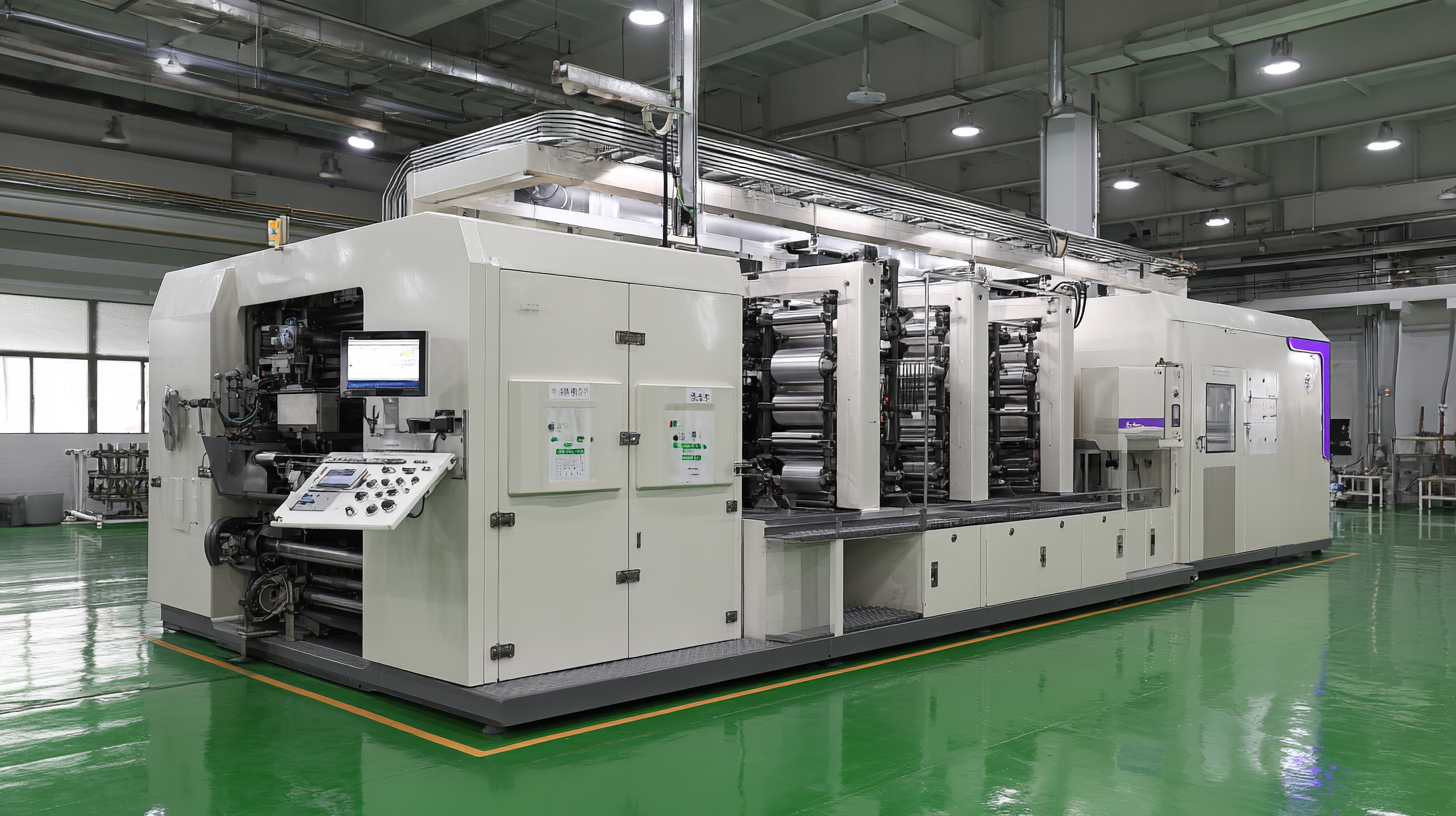
Cost vs. Benefit Analysis: Understanding Long-Term Value of Your Investment
When investing in commercial machines for your business, conducting a
thorough cost vs. benefit analysis
is crucial to understanding the long-term value of your investment. Initially,
the focus is often on the upfront costs, which can be significant. However, a
deeper examination is necessary to account for factors such as operational efficiency,
maintenance expenses, and potential revenue generation. A machine that seems
costly initially may offer substantial savings and benefits over its lifespan,
making it a worthwhile investment.
Additionally, consider the machine's impact on productivity and
employee satisfaction. For instance, more advanced or automated machines can
reduce labor time and errors, thus allowing your workforce to focus on
higher-value tasks. Moreover, the right equipment can enhance the quality of
your products or services, leading to increased customer satisfaction
and loyalty. By evaluating both the tangible and intangible benefits, businesses
can make informed decisions that align with their long-term goals, ensuring
that the initial financial outlay translates into significant future returns.
Assessing Maintenance and Support Needs: Estimated Downtime Impact
When selecting a commercial machine for your business, assessing maintenance and support needs is critical, especially considering the potential impact of downtime. According to a report by the International Society of Automation, unexpected equipment failures can lead to losses of up to 20% in production due to unplanned downtime. This statistic underlines the importance of choosing machines that offer reliable support and maintenance options to minimize disruptions.
In addition, understanding the service level agreements (SLAs) provided by manufacturers can help businesses calculate their estimated downtime effectively. Research by the Aberdeen Group indicates that companies with comprehensive maintenance protocols reduce their downtime by as much as 30%, thereby enhancing productivity and financial performance. Businesses should prioritize machines that not only fit their operational needs but also come with robust maintenance support, such as 24/7 technical assistance and regular preventive maintenance schedules. This proactive approach ensures minimal interruptions and maximizes the return on investment for commercial equipment.
How to Choose the Right Commercial Machine for Your Business Needs - Assessing Maintenance and Support Needs: Estimated Downtime Impact
| Machine Type | Average Maintenance Cost ($/year) | Estimated Downtime (hours/year) | Support Availability | Impact on Operations |
|---|---|---|---|---|
| CNC Machine | 2000 | 50 | 24/7 | High |
| 3D Printer | 1500 | 30 | Business Hours | Medium |
| Hydraulic Press | 2500 | 40 | Weekdays | Medium |
| Laser Cutter | 1800 | 20 | 24/5 | High |
| Milling Machine | 2200 | 45 | Business Hours | High |
Comparing Energy Efficiency: Industry Standards and Their Financial Implications
When selecting the appropriate commercial machine for business needs, energy efficiency should be a primary consideration. As the focus on sustainability increases, understanding the industry standards for energy consumption becomes crucial. Comparing different models based on their energy efficiency ratings can lead to long-term financial benefits, as businesses can significantly reduce operational costs through lower energy bills. Many manufacturers adhere to specific energy efficiency benchmarks, ensuring that their machines not only comply with regulations but also offer savings that can impact the bottom line positively.
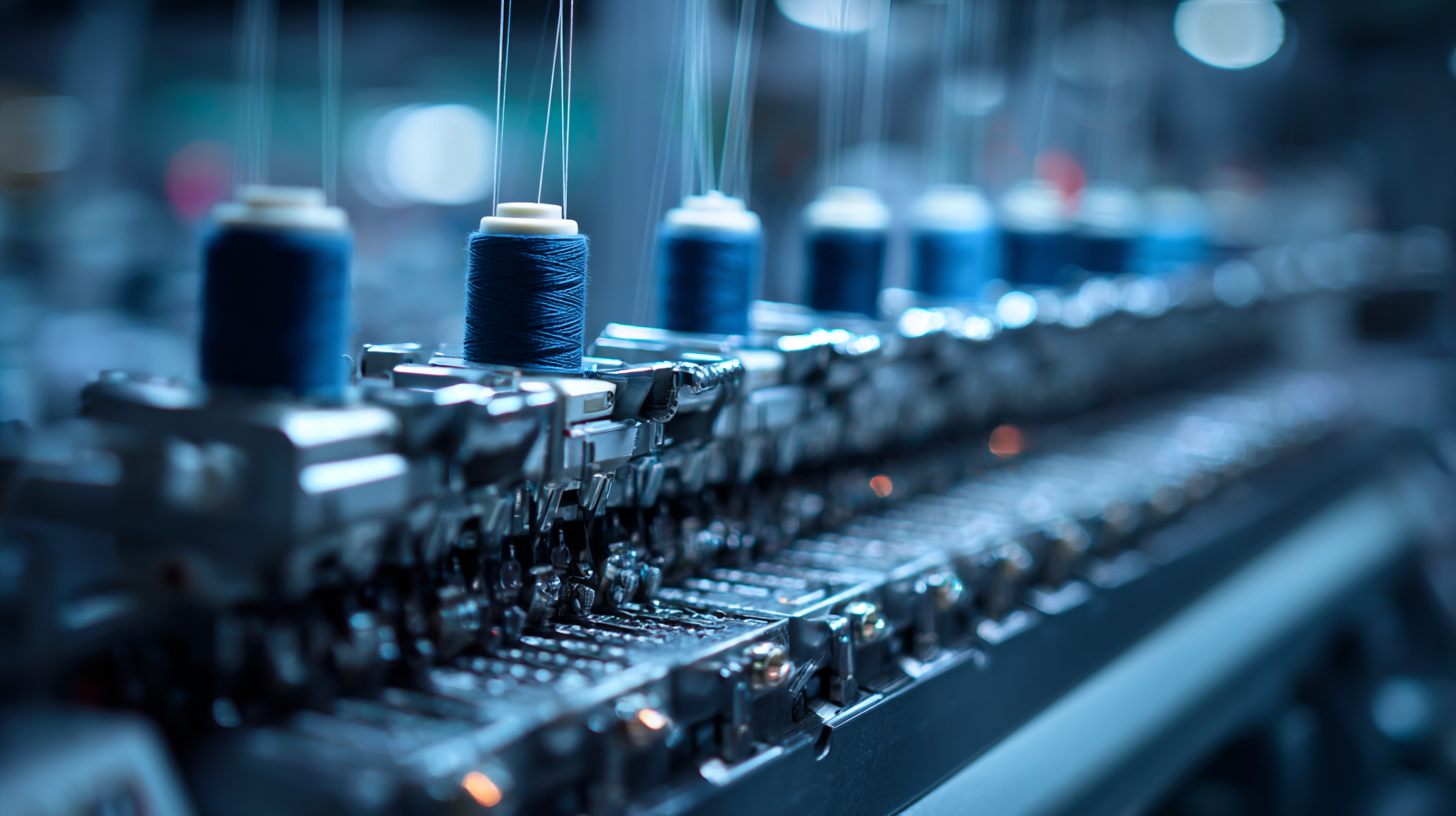
Additionally, the financial implications of energy-efficient machinery extend beyond direct cost savings. In markets like industrial cooling systems, the forecasted growth from $1.78 billion in 2025 to $2.17 billion by 2032 highlights a shift towards prioritizing eco-friendly technologies. Organizations that invest in energy-efficient machinery are likely to be seen as leaders in sustainability, potentially attracting customers who prioritize corporate social responsibility. This transition not only addresses immediate operational costs but also fosters a competitive advantage in an increasingly environmentally-conscious market.
Related Posts
-
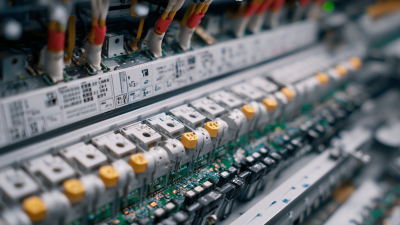
Understanding the Best Production Machine: Technical Specifications and Usage Guide for Global Buyers
-
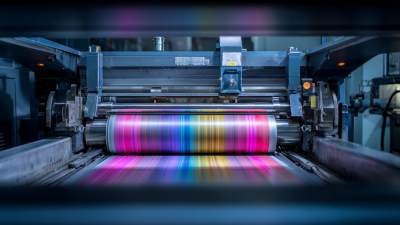
Unlocking the Best Production Machine Technical Specifications and How to Maximize Efficiency
-
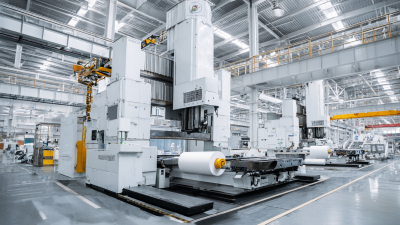
Unleashing Excellence in Manufacturing with the Best Production Machine from China for Global Markets
-

7 Compelling Reasons to Invest in Quality Parts of Industrial Machine
-

Transforming Industries with Best Plastic Material Machine Practical Applications and How to Implement Them
-
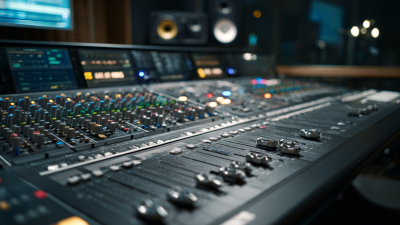
Mastering the Best Production Machine for Your Manufacturing Success
